Table of Contents
India’s environmental journey wasn’t built by a single law or leader. It was forged in forests, courts, riversides, and urban protest sites — by communities, tragedies, and legal reforms that forced the country to reconsider how it treats its natural resources. Here are eight pivotal moments that continue to shape how India protects its forests, rivers, wildlife, and people.
1. The Chipko Movement (1973)
Where: Uttarakhand (then Uttar Pradesh)
In the Himalayan village of Reni, women famously hugged sal trees to stop them from being felled by contractors. Their peaceful resistance sparked a wave of similar protests across the hills.
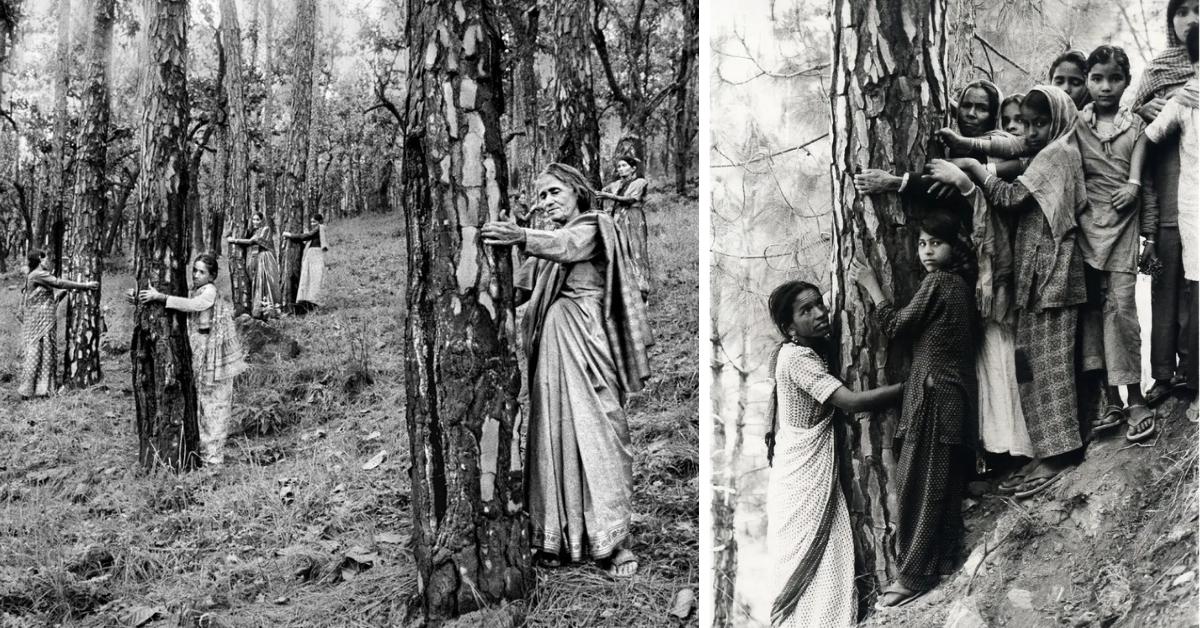
Impact: In 1980, the government banned green felling in the Alaknanda basin for 15 years. Chipko validated local ownership of resources and laid the foundation for eco-feminism and grassroots conservation movements across India.
2. The Silent Valley Movement (1978–1985)
Where: Kerala
When plans for a hydroelectric project in Kerala’s biodiverse Silent Valley were announced, activists, scientists, and poets came together to protest.
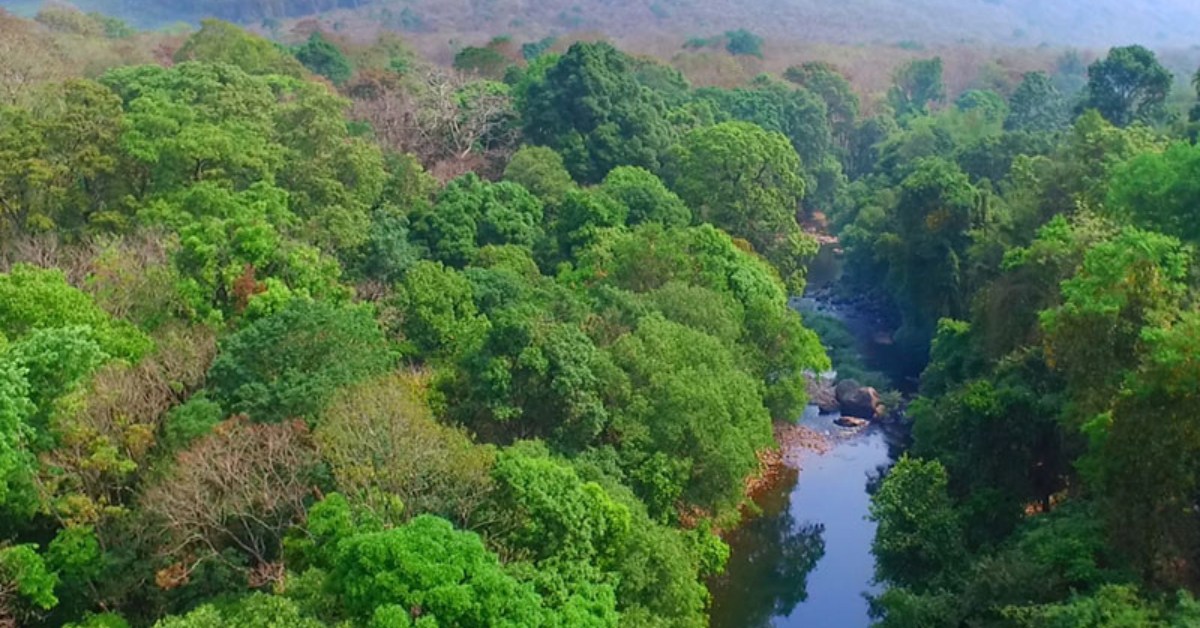
Impact: In 1985, then Prime Minister Rajiv Gandhi cancelled the project and declared Silent Valley a national park. This became one of India’s first successful biodiversity conservation campaigns, protecting an untouched tropical rainforest and inspiring future environmental efforts.
3. The Bhopal Gas Tragedy (1984)
Where: Bhopal, Madhya Pradesh
On 3 December 1984, over 40 tonnes of toxic methyl isocyanate leaked from Union Carbide’s plant, killing more than 3,800 people and injuring over 500,000.
Impact: It exposed the lack of industrial safety and led to stricter laws, including mandatory disaster-management plans and the adoption of the “polluter pays” principle in Indian law.
4. The Environment (Protection) Act (1986)
Why it mattered:
In the wake of Bhopal, this Act gave the central government broad powers to regulate air, water, and hazardous substances, and declare eco-sensitive zones.
Impact: India’s first comprehensive environmental law, it tied together fragmented statutes and laid the groundwork for impact assessment rules, waste regulations, and pollution control frameworks.
5. Narmada Bachao Andolan (1985 onwards)
Where: Narmada River (Madhya Pradesh, Gujarat, Maharashtra)
Led by Medha Patkar, tribal communities and activists protested against the Sardar Sarovar Dam, citing mass displacement and environmental destruction.
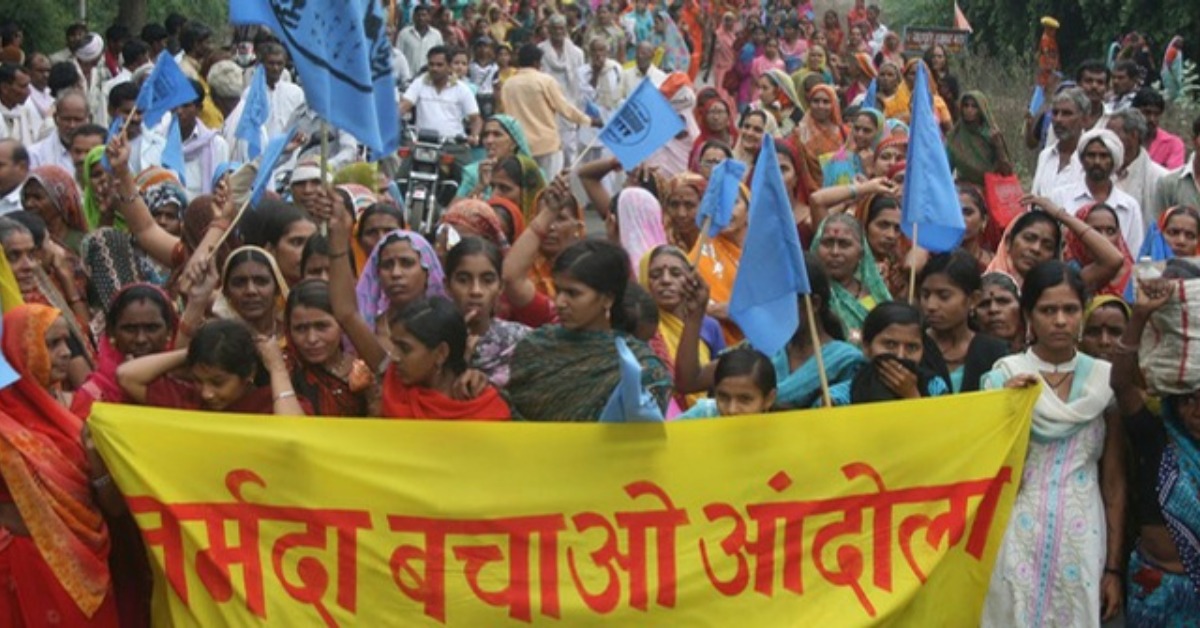
Impact: The World Bank withdrew funding in 1993. India introduced stronger resettlement and rehabilitation norms, and recognised the need for thorough environmental and social impact assessments.
6. Formation of the National Green Tribunal (2010)
Why it was needed:
With rising environmental litigation, India needed a dedicated body to resolve cases quickly and expertly.
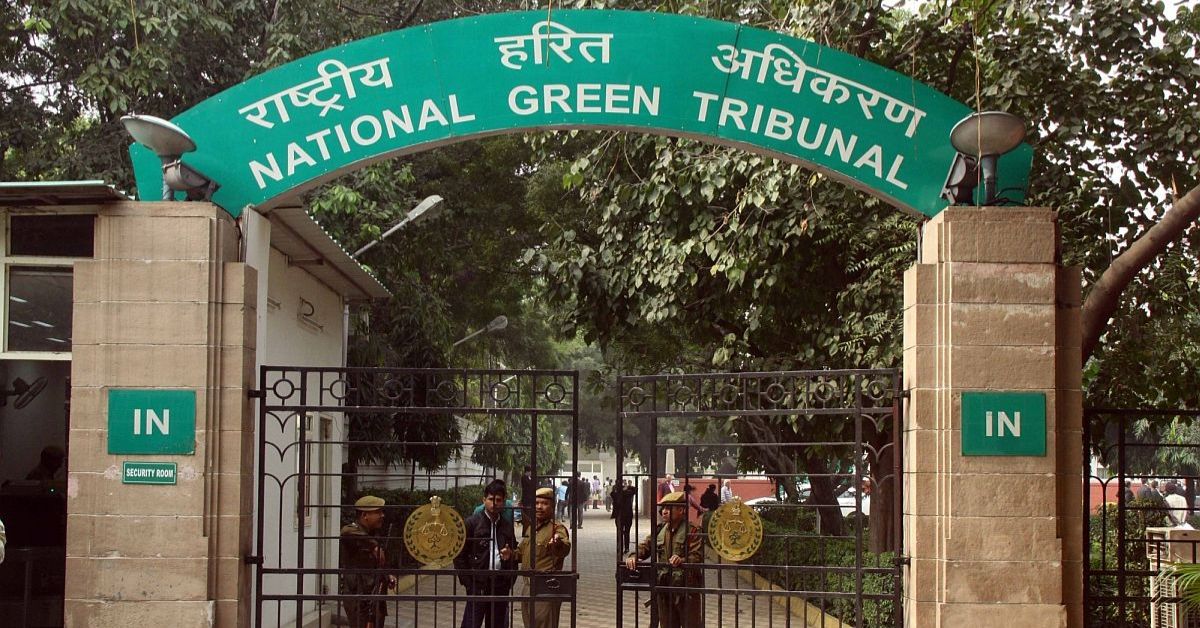
Impact: The NGT has banned old diesel vehicles, halted mining in sensitive zones, and pushed for the enforcement of environmental norms. It has become a critical force in real-time environmental justice.
7. The Bishnoi Sacrifice (1730)
Where: Khejarli, Rajasthan
In a lesser-known but powerful chapter, Amrita Devi Bishnoi and 362 others gave their lives protecting khejri trees from being felled by royal soldiers.
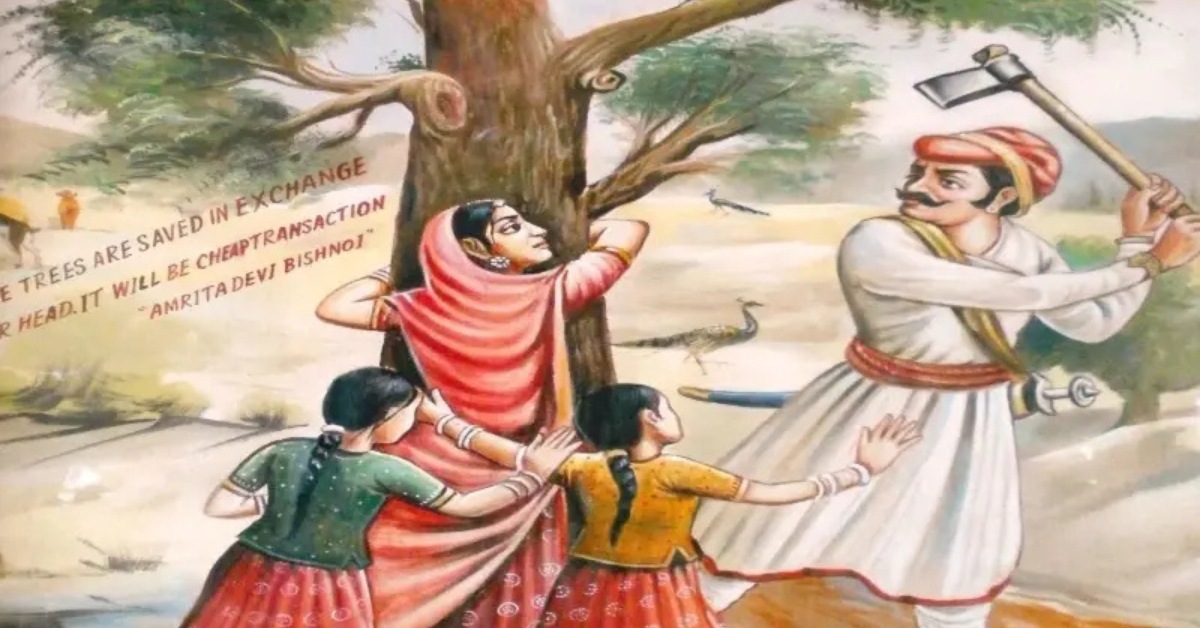
Impact: This 18th-century movement is one of India’s earliest environmental protests, rooted in the Bishnoi community’s philosophy of peaceful coexistence with nature. It still inspires eco-activism in Rajasthan and beyond.
8. Aarey Forest Protests (2019)
Where: Mumbai, Maharashtra
When authorities approved the cutting of over 2,000 trees in Mumbai’s Aarey forest for a metro car shed, citizens, students, and celebrities took to the streets.
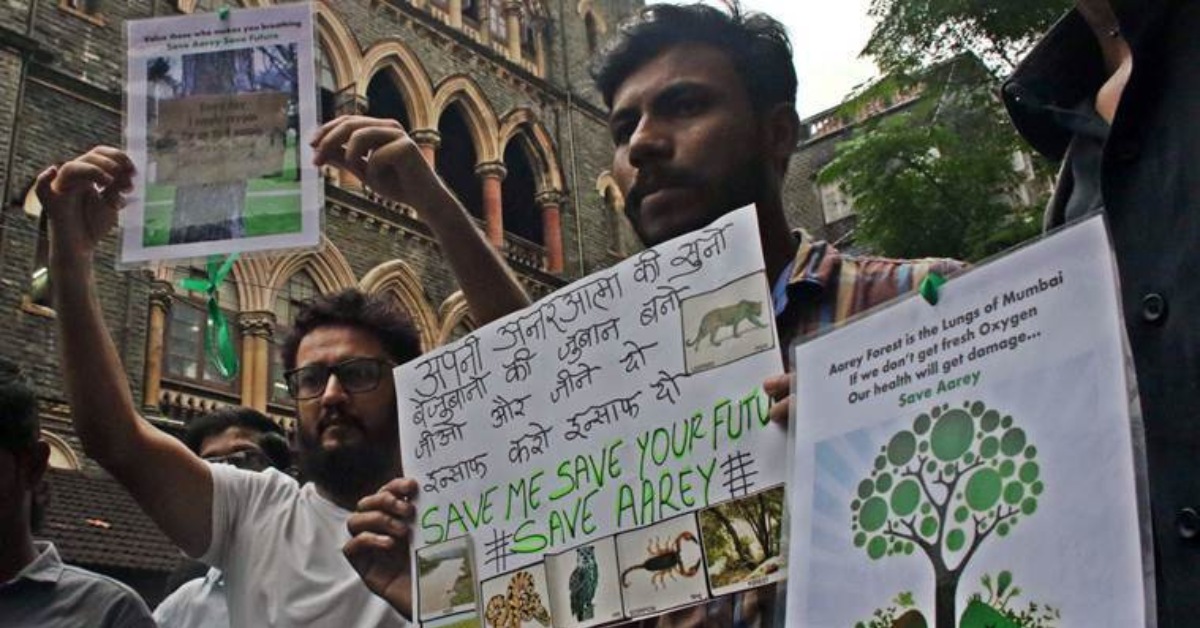
Impact: The protests sparked national attention. The Maharashtra government eventually revoked the project in Aarey, and parts of the forest were declared a reserve, showing how urban green activism can influence state policy.
Edited by Khushi Arora



